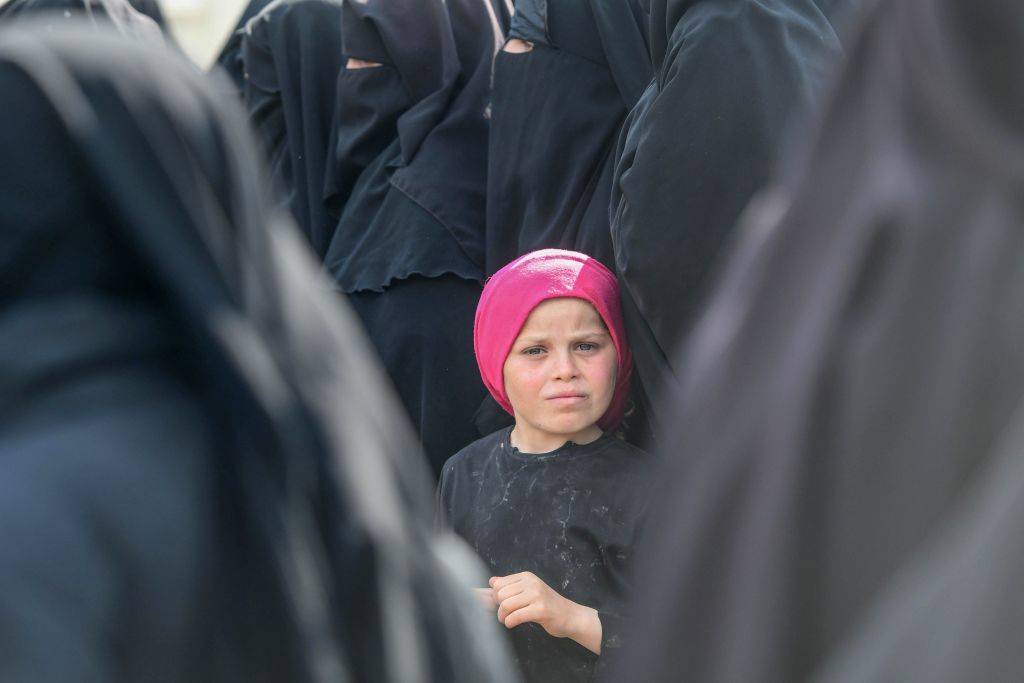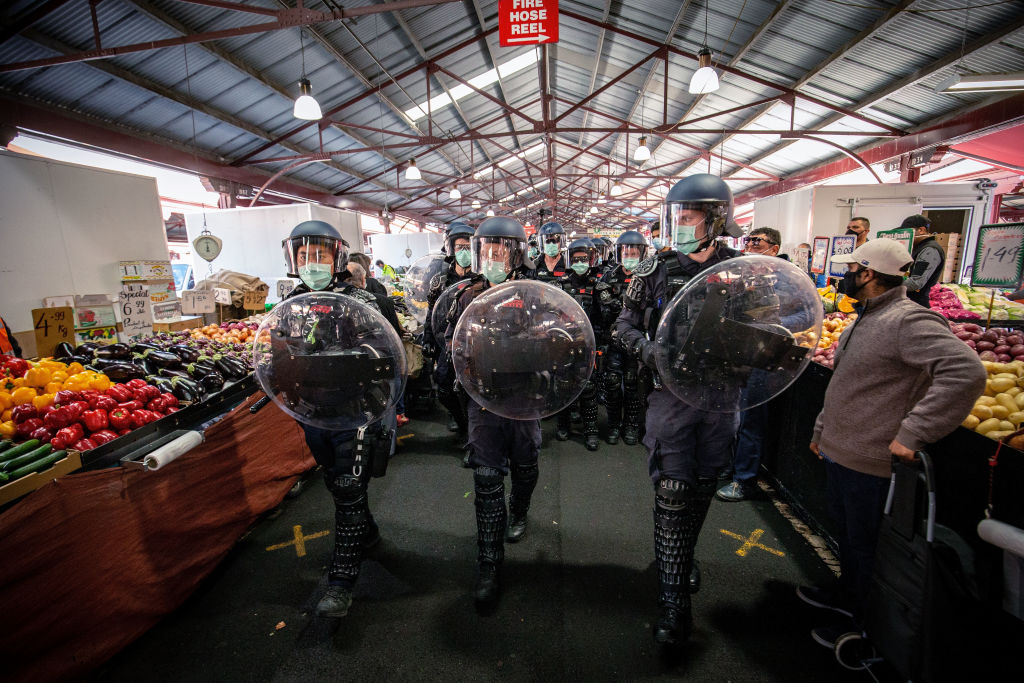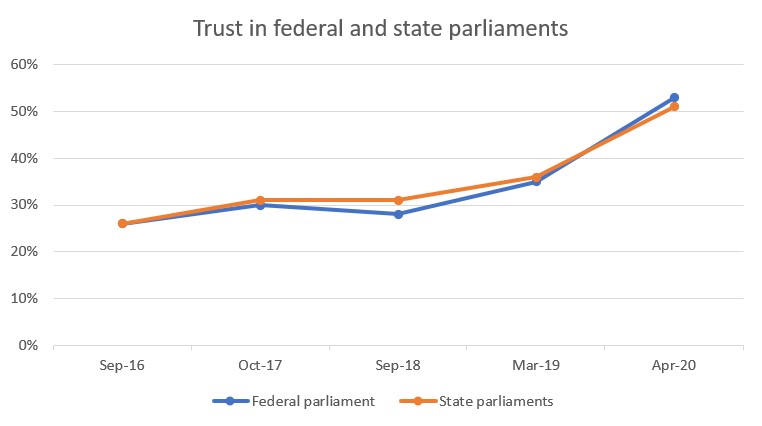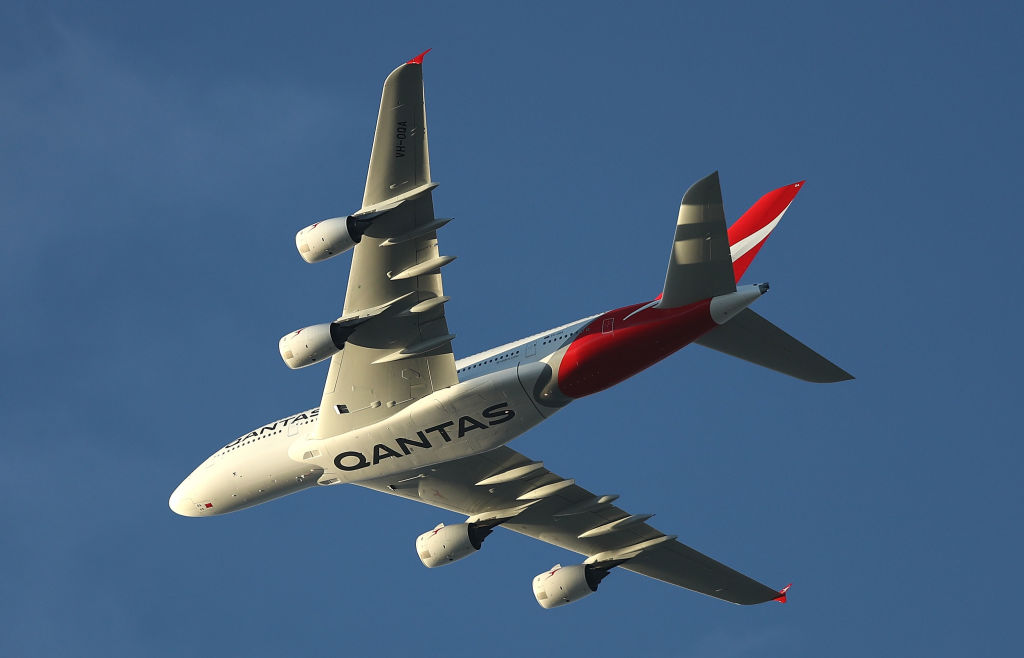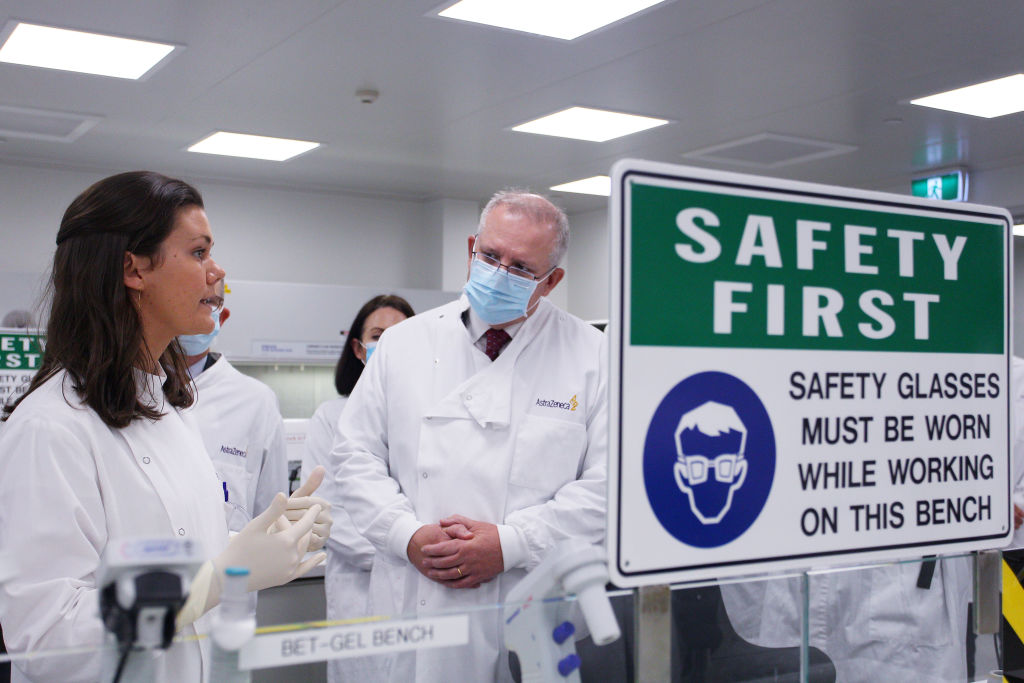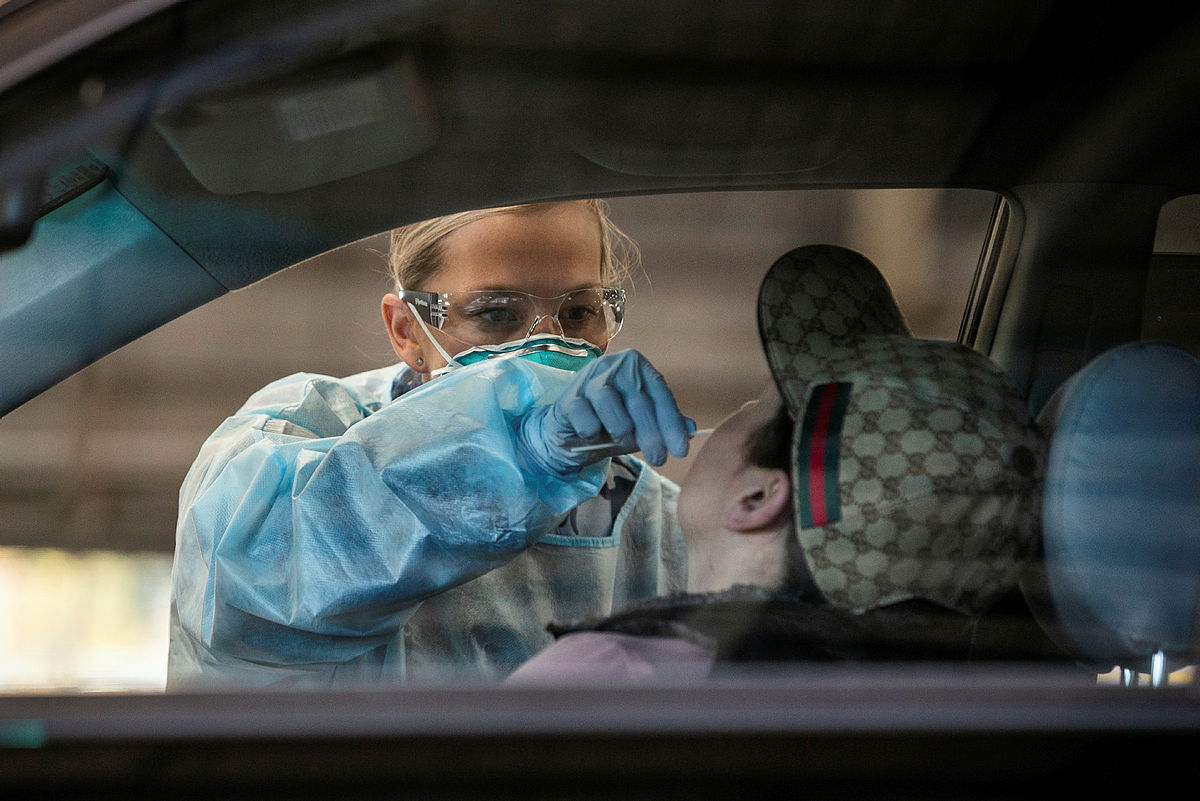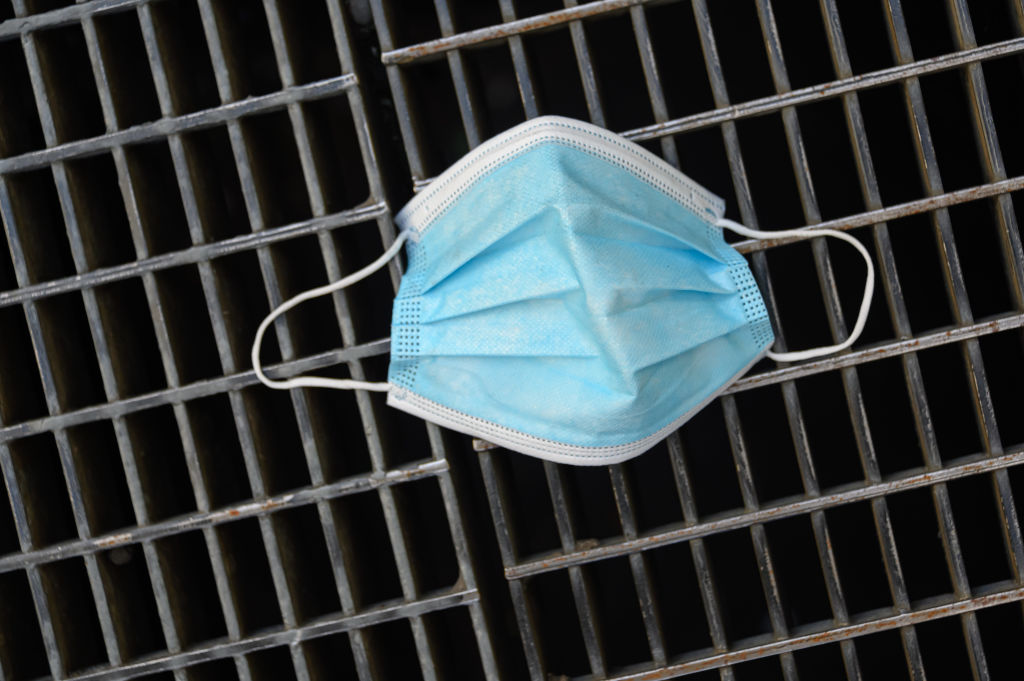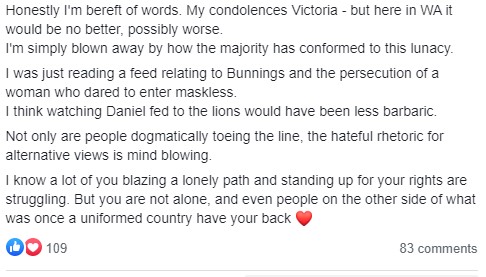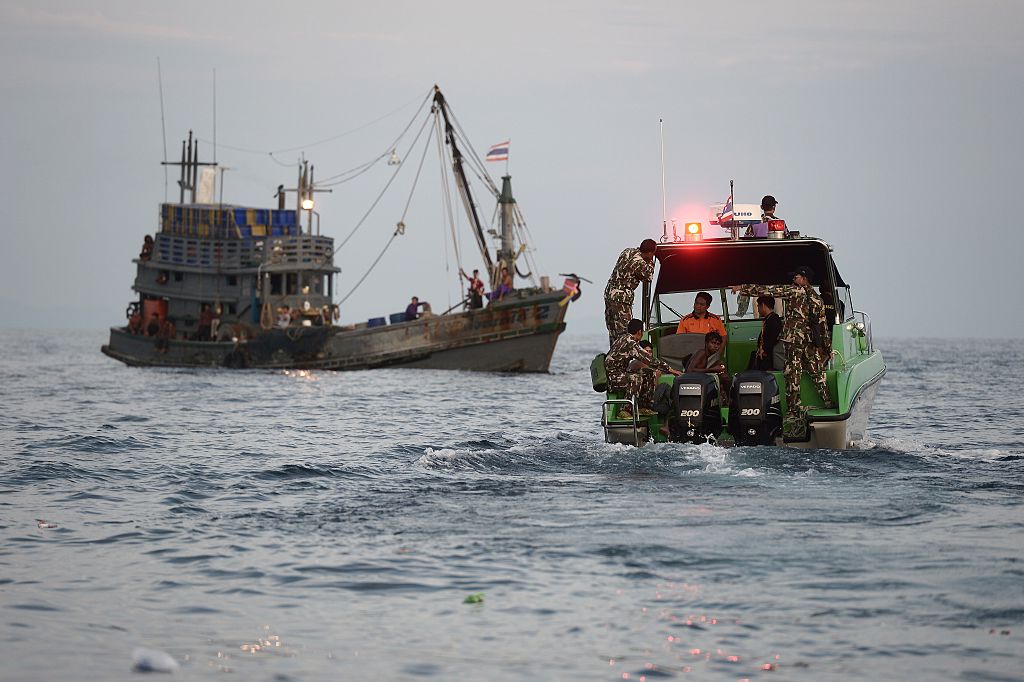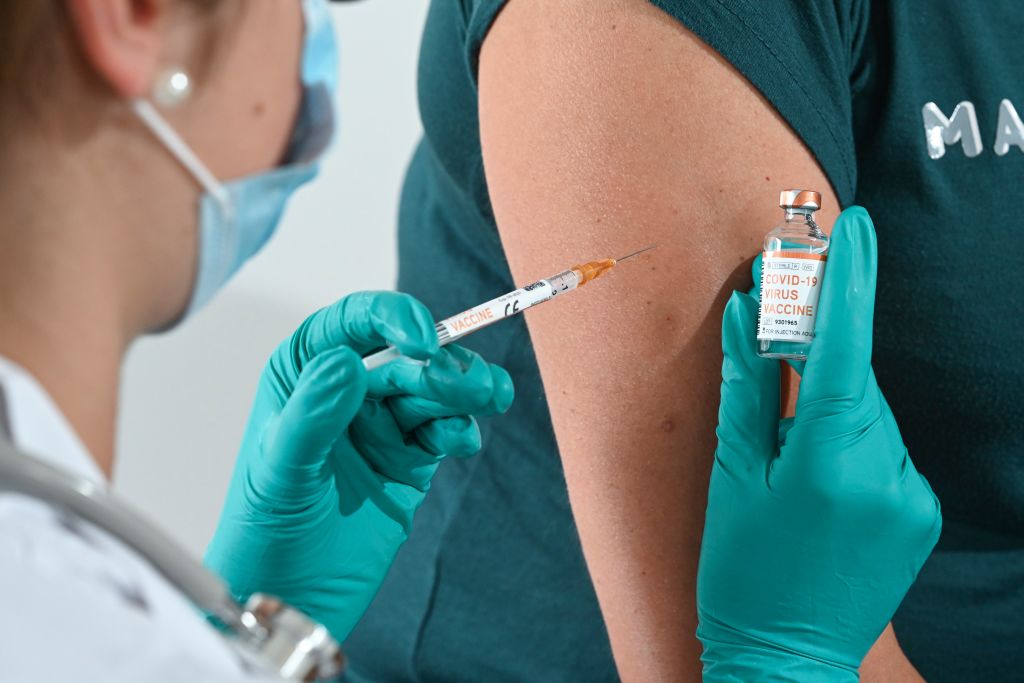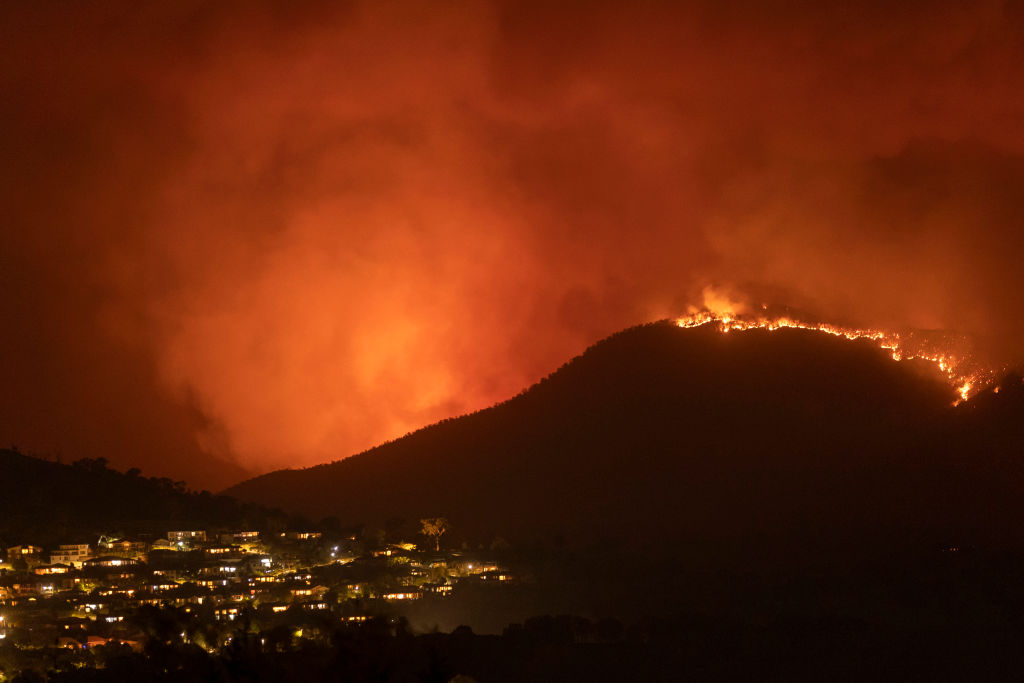
There is time to save the world from global warming if action is taken urgently, say two top climate specialists. That change, they say, is likely to be driven by economics as more nations measure the true cost of burning fossil fuels.
And, if they’re well targeted by governments, the vast sums being spent to repair the economic damage of the Covid-19 pandemic could speed up that process.
These messages were delivered to ASPI’s ‘Strategic Vision 2020’ conference by Christiana Figueres, Costa Rican diplomat and former executive secretary of the United Nations Framework Convention on Climate Change, and Robert Glasser, former special representative of the UN Secretary-General for Disaster Risk Reduction, now a visiting fellow at ASPI.
Interviewed by journalist Stan Grant, Figueres said governments were injecting at least $12 trillion, and possibly as much as $20 trillion, into the world economy. Because of the scale and the speed of that investment, it would define the characteristics of the global economy for 10, 20 or 30 years. Ensuring that money was invested in sustainability would define whether countries would be on track to be carbon neutral by 2050, or not.
‘The economic recovery packages that will be deployed and invested over the next 18 months are probably going to be even more important than any political commitment that any government can make’, she said.
Glasser said forces at play during the pandemic were slowing investment in renewables but, at the same time, huge pressures on the oil industry were accelerating renewables. ‘We’ve seen the European Union essentially design their economic stimulus package as a green stimulus package.’
With climate change, these investments would become increasingly important. ‘Ultimately, as the pandemic finishes, the climate impacts are just accelerating, so the public demand for greater action from government is going to be louder, and governments will listen, ultimately.’
Even if governments implemented all of the commitments they’d made so far, the climate could still warm by three to four degrees, ‘which would be dreadful’, Glasser said. ‘If it’s approaching three and four degrees, our efforts to adapt to climate change will be overwhelmed by the scale of the hazards that we’ll experience.
‘We have renewable energy making this transition, we’ve got the financial sector, we’ve got corporations—but governments can fundamentally accelerate all of this transition, and that’s what needs to happen.’
Figueres said that while some countries didn’t have other options for energy generation or for land use, Australia had everything at his doorstep. ‘You have more sun than any other country, you have more wind, you have maritime energy, you have land use, land galore. I mean, honestly, Australia is the most blessed country with respect to all of the solutions to climate change.’
Australia, she said, already had the highest uptake of residential solar panels in the world along with the biggest battery storage. ‘You could completely generate all your own energy in order to not have to burn anything that pollutes the air.’
Figueres said Australia was one of the world’s worst polluters per capita, and Glasser noted that it was by far the world’s biggest coal exporter, which gave it a leadership opportunity.
International demand for coal was reducing day by day, Figueres said. ‘You could substitute the export of coal with hydrogen by using the extraordinary unlimited renewable energy power generation that you have and producing green hydrogen for export, as well as for internal consumption.’
Glasser said reducing coal exports would mean pain for Australia, ‘but the pain will be enormously larger if the climate continues to warm, if those assets that we have currently are stranded assets in coal and fossil fuels. The transitional pain will be far worse if we don’t act.’
‘I think we’re starting to see leadership from the government on this issue’, Glasser said. ‘We started seeing this after a bit of embarrassment following the bushfires. This was interrupted somewhat by Covid, and that opportunity for leadership is going to re-emerge in a big way because we’re going to continue to be inundated by these disasters of enormous scale.’
Glasser said the government was doing some great work on climate adaptation with strong bipartisan support. Large areas of Queensland, for example, had experienced repeated disasters over the past three years, causing great pain in Australian communities.
‘That’s unprecedented. It’s unsustainable. These local government areas are now essentially permanently in the state of recovering from disasters. And it’s the politics that triggers that will ultimately lead governments to act on this more enthusiastically and energetically, as we’ll see with the outcomes of the [bushfire] royal commission.’
Figueres said that in a transition from coal, Australian miners and their families would need to be supported. ‘Spain has done a brilliant job on closing their coal mines and their coal plants over a very careful period and supporting the professional transition of those who were working in either a coal mine or a coal plant. So it is entirely doable.’
Figueres said she didn’t think the Indian company Adani would ultimately open its Queensland mine. She said Adani had been awarded India’s largest ever solar generation contract.
‘So, you have to laugh at the humour of the universe, right?’
This was a very clear marker of a transition that was occurring, she said. ‘It’s a messy transition, but the direction of travel is very clear.’
Glasser recalled United Nations Secretary-General António Guterres commenting that ‘we didn’t leave the Stone Age because we ran out of stones, and we’re not going to leave the fossil fuel age because we’ve run out of fossil fuels. It’s just that there are better alternatives. There are cheaper, cleaner, better, more cost-efficient alternatives.’
Glasser said the world was in the middle of an unprecedented global energy transformation. ‘This has never happened at such a pace before … and it’s being driven fundamentally by profit. Governments can, say, put a price on carbon, which would accelerate this dramatically, but the profit motive is enormously compelling.’
Figueres said the current level of 25% of renewable energy on the global grid could probably have been reached more quickly if there’d been a universal price on carbon. ‘But now we’re there.’
Glasser said that over time the business case for renewables would become much stronger because their price was dropping. Recent research indicated that it would reduce by half again in five years or so. ‘It’s already competitive with new coal and, in Australia and many other markets, new solar is competitive with existing coal.’
He said that even if all greenhouse gas production ceased tomorrow, the climate would continue to warm for decades. ‘This creates the urgency for acting now, before the worst impacts are visible, and putting a price on carbon will help accelerate that transition.’
Glasser said there was without doubt a connection between climate change and the bushfires. ‘We’ve seen unprecedented drought, very high temperatures and how those factors can contribute to outbreaks of bushfires and the intensity of bushfires.
‘With climate change, we are now seeing hazards that are triggering other hazards and together having enormous cascading impacts on society. We saw this with the scale of the bushfires, first of all. Then with the bushfire disaster very quickly becoming a biodiversity disaster, becoming a disaster for tourism in Australia, becoming a health disaster as well in terms of the air quality that many in Canberra, Sydney and other cities experienced during the fires.’
Figueres said climate change had to be understood as an amplifier of natural disasters. People all over the world saw Australia burn. ‘The fires seared into the soul of all of us who were watching this … because of the land area that burned, because of the animals that burned alive, because of the very delayed reaction of the government, and also because of the absolutely devoted, committed, amazing reaction of the firefighting force in Australia, it was so moving. It was so moving to see how they put their lives in danger in order to save the forest and the bush that was burning. So, for all of those reasons, I will never forget those fires in Australia. I hope no Australian will ever forget.’
Figueres said the fires were not caused by climate change, but they were amplified by climate change. ‘That’s the difference that we have to understand. All of these natural events—tornadoes, floods—they’re not caused by a climate change. They are at their root, let’s call them, natural events, but the scale and the intensity and the frequency with which we are being pounded is definitely due to climate change.’
Glasser said that while there was very strong support around the world for action on climate change, surveys revealed the largest numbers of climate deniers in Australia and the United States. ‘And there are some particular political challenges in Australia and the coalition government, for example, that make action harder on this issue’, he said.
‘We should, frankly, not tolerate the fact that climate change has become unreasonably politicised because climate change has nothing to do with partisan politics. It has to do with humanity’s future, all of us, no matter what political party we actually subscribe to.’
Figueres said that even leaving global responsibility out of the equation, decarbonising the economy of any country leads to a stronger economy, many more jobs, more liveable cities, more productive land and greater economic independence.
Glasser said climate change would have a huge disruptive impact on some of Australia’s less developed neighbours, triggering food shortages and a flood of asylum seekers. ‘It’s just not a credible response to just put up walls and hope that that’s going to stop that sort of response’, he said.
‘If Australia puts up walls, the climate is still going to warm and the impacts on Australia will be particularly severe because of our geographic location.’
